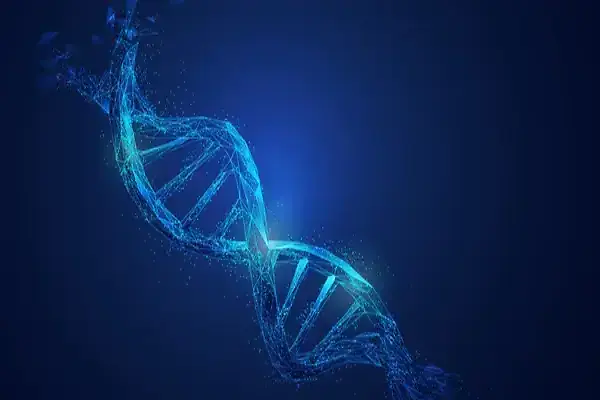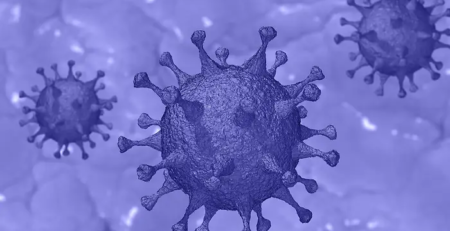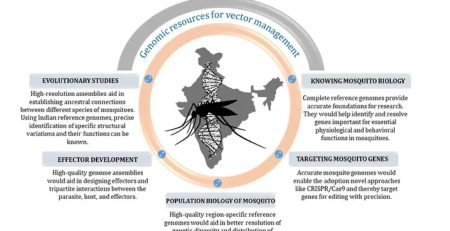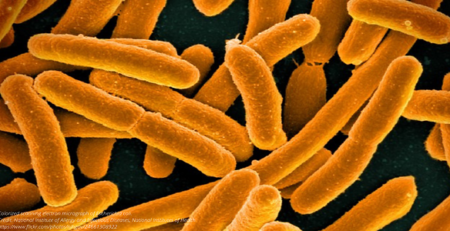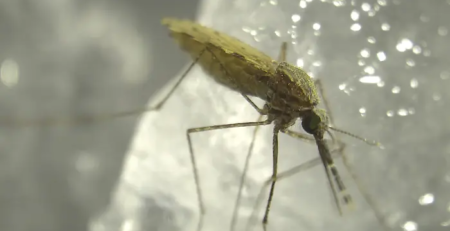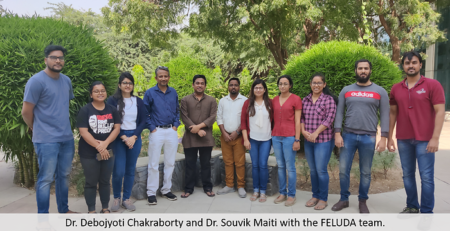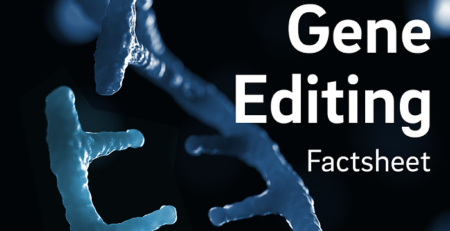By Dr Rakesh Mishra, Director, TIGS

Organisms inherit their genetic make-up as a pair of genome sets, one from the father and one from the mother. The entire body, made of tens of trillions of cells in humans, for example, sources its genetic material from this parental endowment. In other words, each cell in the body essentially has identical genetic material. How then do we have different cell types, tissues, organs, etc., if each cell has identical information content? The general understanding is that with genetic and environmental clues, epigenetic mechanisms set in during development and ageing.
Epigenetics is the phenomenon whereby identical DNA sequences exhibit variable functional features, depending on the context. While it is common knowledge that the properties of any cell or organism, for that matter, depend on the genetic content it inherits, identical genomes can have multiple functional versions; we can call them ‘epigenomes’. Developmental and environmental cues lead to the setting up of these multiple epigenomes from one genome.
The proper functioning of complex organisms essentially depends on multiple layers of epigenetic regulation, making the DNA function differently without changing its sequence. There are several dramatic examples of epigenetic phenomena. One among these is that of genetic loci that can express or not in the same nucleus depending on the parental origin of the chromosome, commonly known as imprinting. Even more dramatic is the case where an entire chromosome is inactivated, a process known as dosage compensation – one of the X chromosomes is inactivated sometimes randomly and sometimes depending on whether the chromosome in inherited from the father or mother. The ultimate example of epigenetic regulation or imprinting is where the entire set of chromosomes is inactivated for expression if it is paternally inherited, which has been observed in insects like the mealybug. Intriguingly, the parental imprint of environmental factors can also be transmitted to the progeny and the same genome behaves differently depending on whether it has come from the paternal or maternal side.
Epigenetic mechanisms operate across the evolutionary landscape, including plants. In fact, it is by epigenetic means that an organism remembers stress (biotic or abiotic) and prepares for the adaptive response. This is possible because epigenetic information accumulated can be transmitted during mitosis or sometimes even via meiosis. In addition to the genetic information controlling the developmental program, there are a number of environmental factors that influence it via epigenetic mechanisms. There is now increasing evidence that environmental influences are transmitted to organisms even trans-generationally – to several generations. An individual may thus inherit epigenetic information from their grand or great grandparents!
Epigenetics can be said to be at the core of the evolutionary process because these mechanisms enable adaptive responses to be mounted without changing the genetic code, the DNA sequence. Such changes are thus reversible, and at any time the status can be reset by erasing the epigenetic layer of regulation. Epigenetics is, we can say, a sophisticated extension of the genetic system that evolved across the species. Also, it is becoming clear that the evolution of complexity in biological systems has a lot of contribution from epigenetic mechanisms.
Epigenetic mechanisms involve association of DNA with complex combinations of proteins factors that help it in packaging the genome within the nucleus, or the modification of the DNA without changing the sequence and, importantly, in a reversible manner, unlike mutations that are irreversible. This association of DNA with proteins is commonly known as chromatin. Each cell type has distinct chromatin features across the genome and that reflects the differential genetic output from identical genetic material. Recent technological advances, especially DNA sequencing and associated techniques, have unleashed an unprecedented opportunity to understand this extremely complex process. Computational methods are extensively used to analyze the huge amount of data that is generated in these kinds of studies.
There are a number of factors that have been well established to implement epigenetic mechanisms. They involve genes that make proteins called histones, that associate with DNA in a non-uniform fashion. Then, there are proteins that modify DNA and that associate with specifically modified versions leading to differential functional consequences. There are direct modifications of DNA, the most common one being the methylation of cytosine. For example, a stretch of DNA, depending on whether or not it has cytosine methylation modification, functions in very different ways. Some additional modifications are also now known. DNA methylation and histone modifications are the most famous epigenetic keywords.
It is, therefore, inevitable that the evolution of complexity in organisms is highly dependent on dynamic and inheritable epigenetic mechanisms. In fact, it has been observed that one of the key features in the evolution of complexity in plants and animals is the expansion of the ‘epigenetic toolkit’. This enables the genome to acquire more and more epigenome versions and, thereby, create complexity. It is only obvious that epigenetics will be intimately linked to health and disease across the evolutionary landscape.
During cell division, the cell remembers to transmit not only the correctly copied set of chromosomes to the daughter cells but also the same expression state of each locus or gene across the genome – a liver cell divides into two liver cells. The cellular memory of the differentiated state of chromatin is essential for this process, or else the cell will go down the cell-death or disease path. While it still remains to be understood how cellular memory is transmitted to daughter cells and how environmental/genetic imprints are transmitted to the progeny, emerging technologies and availability of a large amount of genome sequence information are opening new avenues to explore biology in this context.
Considering the widespread scope of epigenetic mechanisms, any defect in the epigenetic factors can lead to disease conditions. Among well studied diseases that are causally linked to epigenetic factors are cancers, mental retardation (neurodegenerative and psychological disorders), addiction, autoimmune disease, etc. As many diseases involve epigenetic changes, it is only reasonable to try to counteract these modifications with epigenetic treatments. The most popular of these treatments aims to alter either DNA methylation or histone modifications such as acetylation. Since enzymatic activities that ‘write’ the epigenetic language are known, their inhibitors can be thought of as drugs. A number of such efforts, epigenetic drugs, are currently at different stages of development.

